The Best Vitamin D Sources for Growing Kids.
Vitamin D is essential for children’s growth, especially for developing strong bones and a healthy immune system. Since the body primarily produces vitamin D through sun exposure, it’s important to supplement with the right foods. Here are the best sources of vitamin D for growing kids. 1. Sunlight – The Natural Source Spending 15-30 minutes in direct sunlight helps the body synthesize vitamin D naturally. Encourage outdoor play in the morning or late afternoon to avoid harsh UV rays. 2. Fatty Fish Salmon, tuna, and mackerel are excellent sources of vitamin D. Including fish in your child’s diet at least twice a week helps maintain adequate levels. 3. Fortified Dairy Products Milk, yogurt, and cheese are commonly fortified with vitamin D. A daily glass of fortified milk can significantly boost vitamin D intake. 4. Eggs Egg yolks are a natural source of vitamin D. Including eggs in breakfast or meals ensures steady vitamin D consumption. 5. Fortified Cereals and Juices Many breakfast cereals and orange juices are fortified with vitamin D. Check labels to choose products with added vitamin D and minimal sugar. 6. Mushrooms Certain mushrooms, especially those exposed to sunlight, contain vitamin D. Adding mushrooms to soups, pizzas, or salads is a great way to increase intake. 7. Vitamin D Supplements If dietary intake and sun exposure are insufficient, supplements may be needed. Consult a pediatrician before giving vitamin D supplements to your child. Conclusion Ensuring your child gets enough vitamin D is crucial for bone health and overall growth. A balanced diet, combined with safe sun exposure, can help maintain optimal vitamin D levels. For expert pediatric orthopedic consultation, contact Dr. Nargesh Agrawal at 8851777145.













